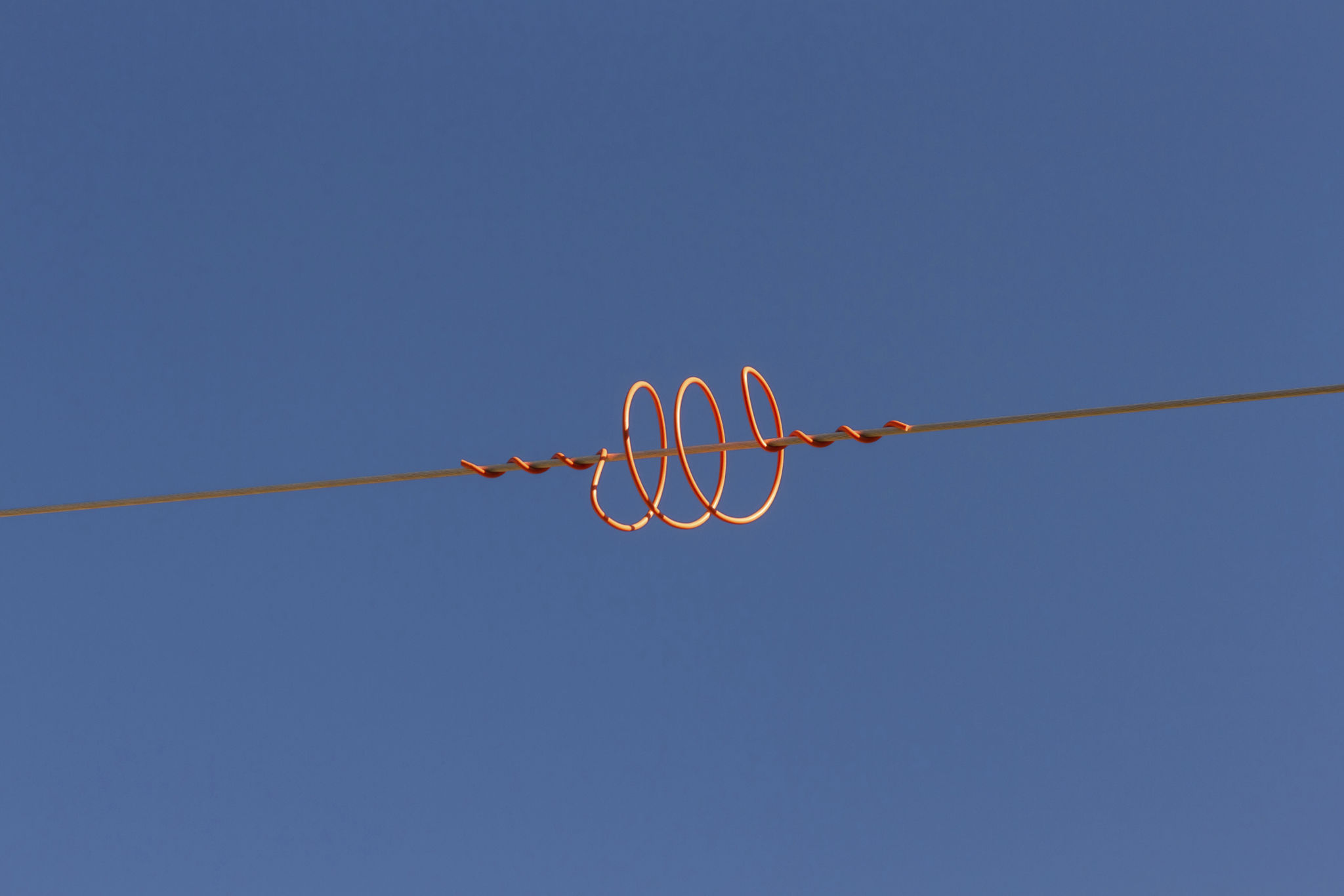Preparing Your Power Lines for Seasonal Bird Migration
Understanding Bird Migration Patterns
Every year, billions of birds embark on their seasonal migration journeys, traveling thousands of miles between breeding and wintering grounds. This mass movement is a marvel of nature and is crucial for the survival of many bird species. However, these migrations pose significant challenges, especially when it comes to navigating man-made structures like power lines.
Power lines can be perilous obstacles for migrating birds. Collisions often occur due to poor visibility or disorientation, leading to injuries or fatalities. As a result, it's essential to take proactive steps to prepare power lines for these migrations, ensuring the safety of the birds and the integrity of the power supply.

Assessing Risk Areas
Before making any modifications, it's important to identify areas where birds are most likely to encounter power lines. High-risk areas typically include habitats near wetlands, rivers, and other bodies of water that are frequented by migratory birds. Conducting surveys and using bird tracking data can help pinpoint these locations.
Working with local wildlife organizations can also provide valuable insights into migration routes and potential hotspots for bird collisions. By understanding where these interactions are most likely to occur, you can focus your efforts on making the most impactful changes.
Implementing Bird-Safe Solutions
Once high-risk areas have been identified, the next step is to implement solutions that make power lines more visible to birds. One effective method is installing bird diverters. These are devices that increase the visibility of power lines by reflecting light or making noise, alerting birds to their presence.

Another approach is to use insulated cables in areas where birds frequently perch or nest. Insulated lines reduce the risk of electrocution, a common hazard for larger bird species that may make contact with two wires simultaneously.
Regular Maintenance and Monitoring
Regular maintenance and monitoring are crucial to ensure the ongoing effectiveness of bird-safe measures. This involves routinely inspecting diverters and other installations to ensure they remain functional and replacing any damaged equipment promptly.
Additionally, using technology such as drones or remote cameras can help monitor bird activity around power lines without causing disturbance. This data can be invaluable in assessing the success of implemented measures and identifying new areas that may require attention.

Engaging with the Community
Community engagement plays a vital role in protecting migratory birds. Educating the public about the importance of these efforts can foster support and collaboration. Hosting informational sessions or workshops can raise awareness about the challenges birds face during migration and how individuals can contribute to their protection.
Encouraging citizen science initiatives, such as reporting sightings of bird collisions or nesting activities, can also enrich data collection efforts and provide additional insights into how birds interact with power lines.
Conclusion
Preparing power lines for seasonal bird migration is a crucial step in safeguarding avian populations and maintaining a reliable energy supply. By understanding migration patterns, implementing bird-safe solutions, and engaging with the community, we can reduce the risks posed by power lines to migrating birds. These efforts not only benefit wildlife but also enhance our connection with nature through shared responsibility and stewardship.